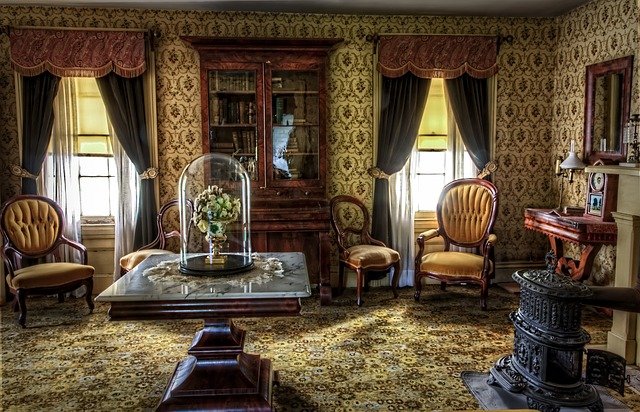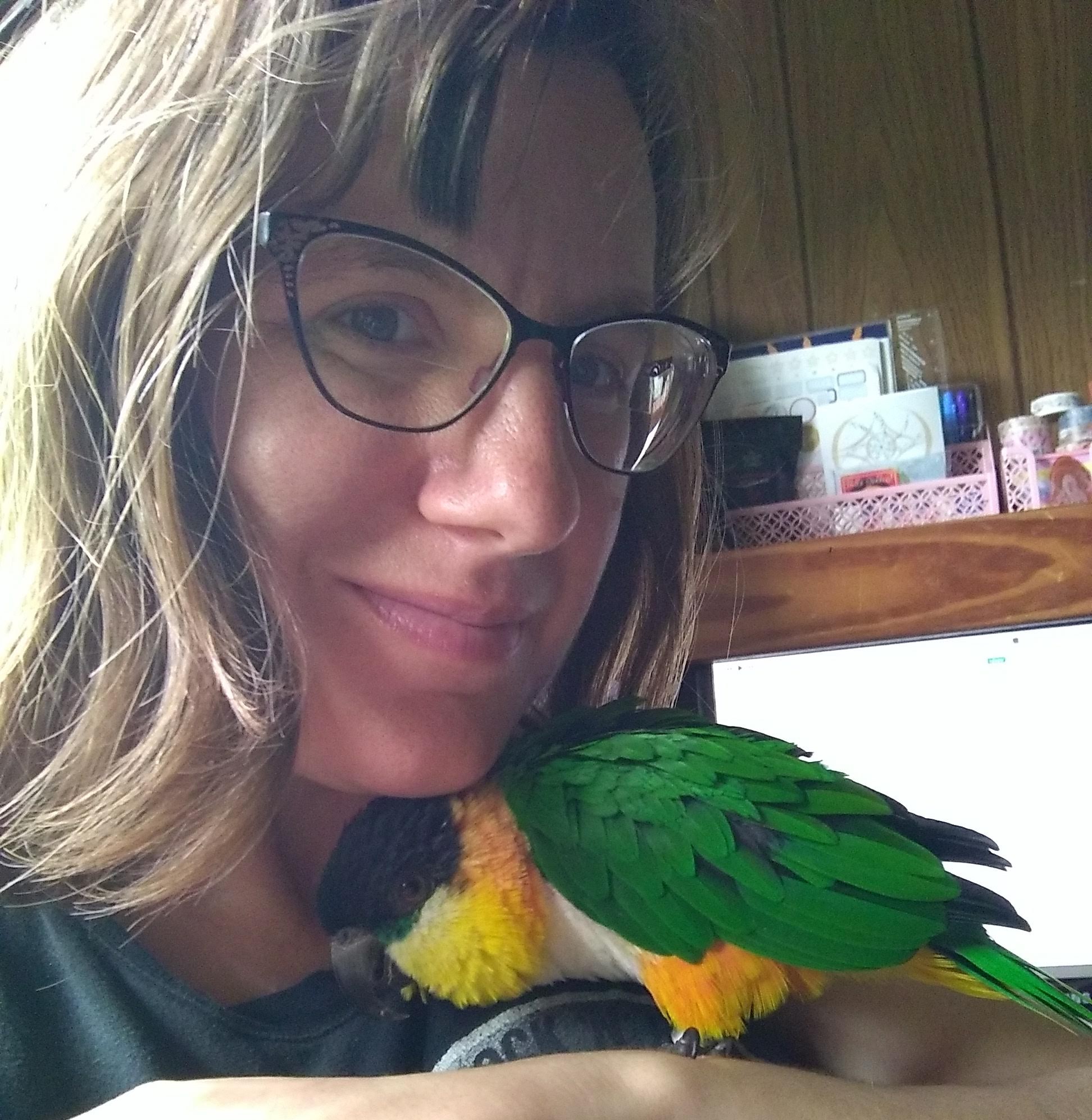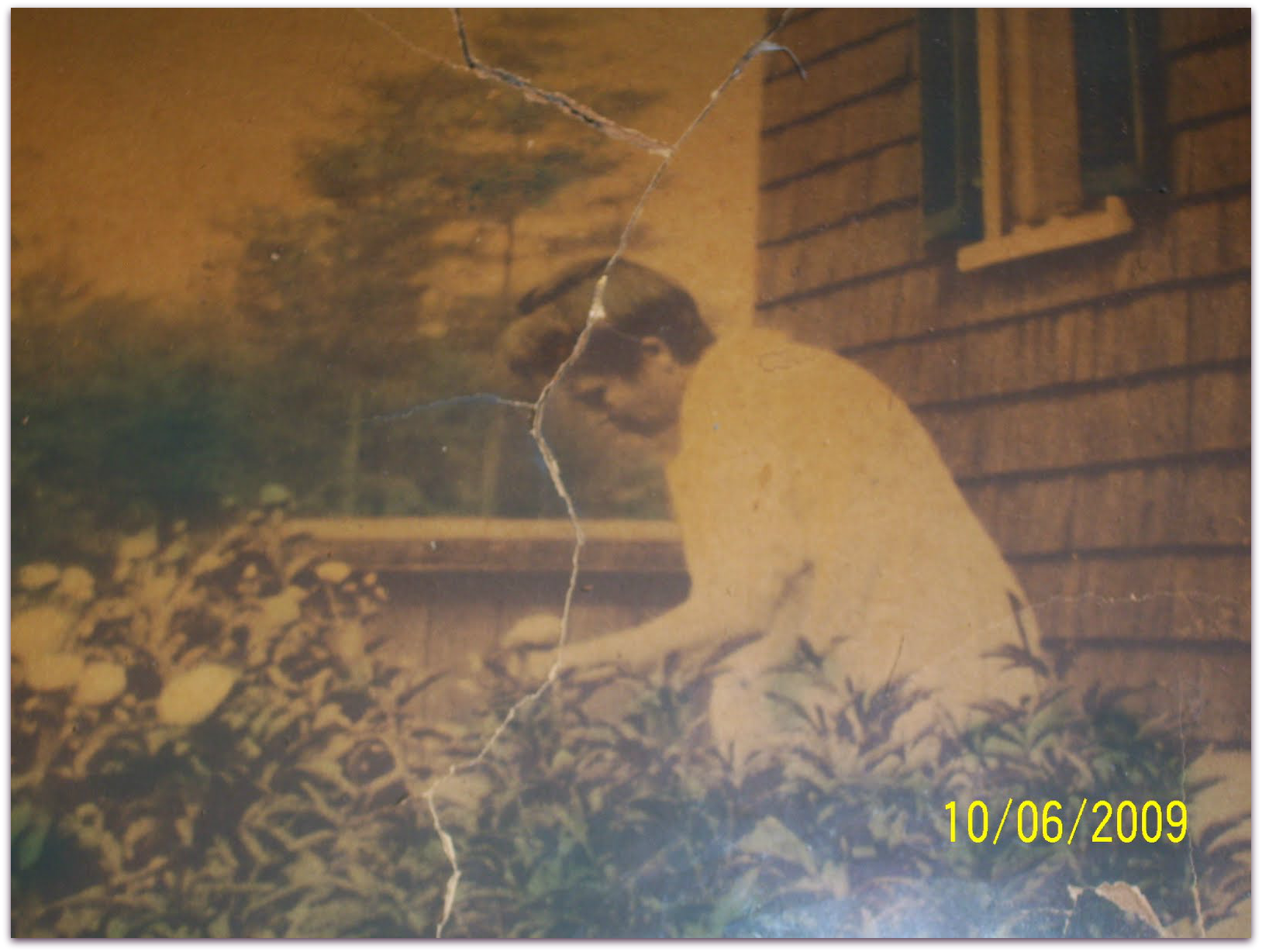Some of my ancestors fall under the definition of enslavers. Not all of them and not only the southern ones, either. Many people think slavery was endemic only to the southern United States, as far as U.S. history, but that’s not correct. There were enslaved people in the northern states, and I found at least one in my family in… Read More
Mid-Year Goal Revisit
I generally prefer structure, and set goals and expectations. Of course, last year messed that up for many of us, so it feels good to return to structure. The 3 adults in our household are fully vaccinated, as are the majority of our friends. For us, there was never any question about our willingness to get the Covid vaccines. Now,… Read More
Southern Italian Ancestors
Once upon a time, my father joked, “Why do you talk with your hands so much? What are you – Italian?” Being about 16 and not know any better, I shot back, “Maybe I am!” Two years later, when I delved into genealogy in earnest, I learned the truth. Or half of it. My mother’s mother’s family is Italian, from… Read More
Spring 2021
As much as many of us may look back at 2020 and say, “What a dumpster fire,” it seems 2021 isn’t much of an improvement. Though I’d like to think we’re going to eventually get to an overall better, more positive place by the end of the year. Besides, I think I’ve let go of the idea of “good years”… Read More
Northern Italian Ancestors
One of the techniques many genealogists use in working on brick walls or research questions is a technique called sideways searching or digging into the FAN Club (friends, associates, and neighbors). This means looking at collateral and other relationships to see if they might answer your questions. In 2021, my research focus is on my maternal Italian ancestors, the Galfré… Read More
DNA Confirmation of Ancestry
One of the most exciting things happened to me in December of 2019 – I finally resolved a 26-year-old brick wall! During 2020, I poked at my new research questions here and there, which included delving into the ancestry of my great-great grandmother Emma’s father, Francis Wallace (1838-1892). At first, I didn’t find much beyond my great-great grandmother’s baptism naming… Read More
- « Previous Page
- 1
- …
- 3
- 4
- 5
- 6
- 7
- …
- 11
- Next Page »





